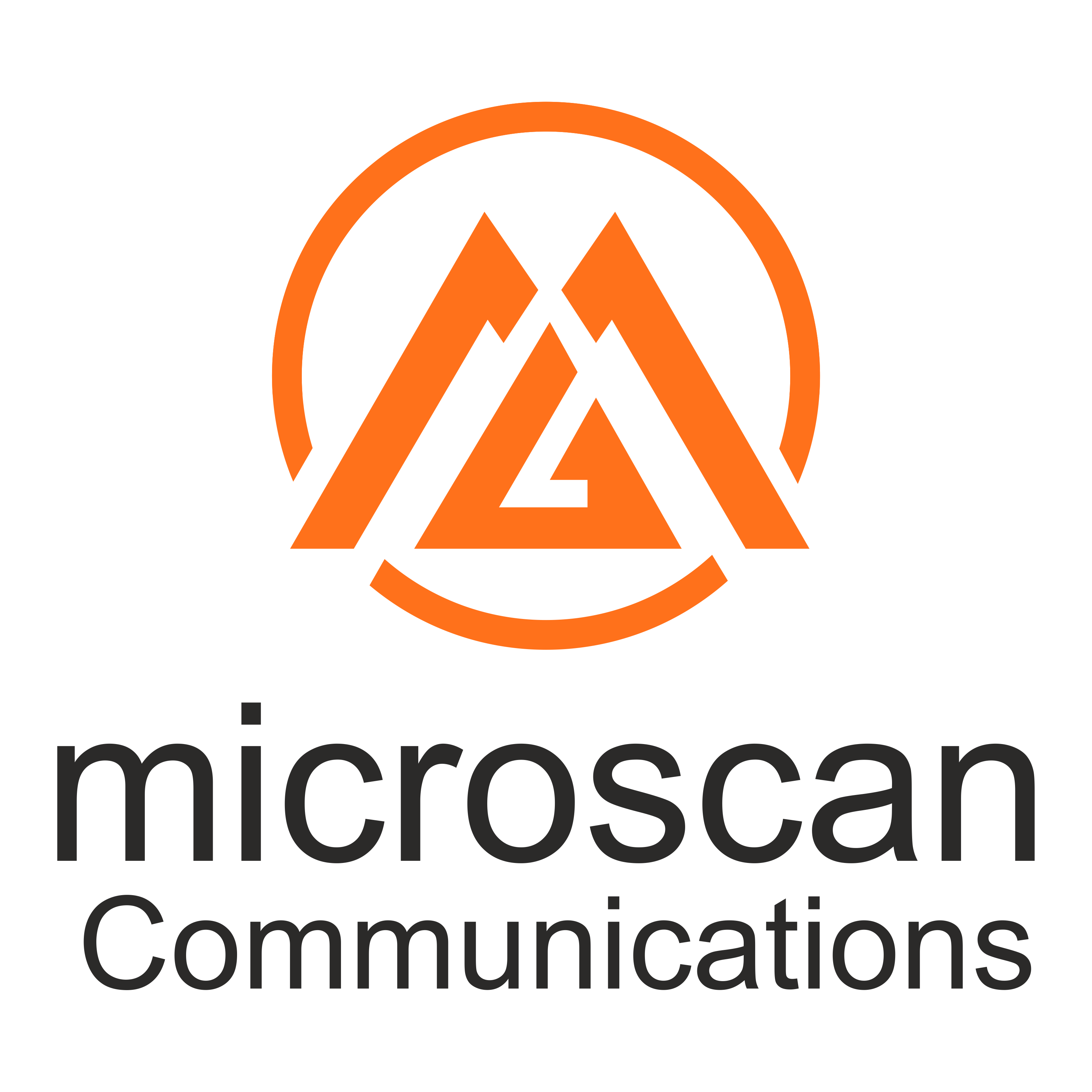Boosting Network Visibility in Complex Hybrid Cloud Infrastructures
 Microscan Communications Private Limited
Microscan Communications Private LimitedAs businesses increasingly adopt hybrid cloud strategies, IT teams face a new challenge: maintaining full visibility across environments that span on-premises data centers, public clouds, and private cloud platforms.
While hybrid cloud architectures offer agility and scalability, they also introduce blind spots—areas where traditional monitoring tools can’t provide clear insight. Without end-to-end visibility, performance issues, security threats, and compliance gaps can go unnoticed until they become costly problems.
Why Network Visibility Matters in Hybrid Cloud Environments?
Network visibility is the ability to monitor, analyze, and understand all data flows across your IT infrastructure—no matter where workloads are running.
In a hybrid cloud, this means having:
- Complete performance monitoring from on-prem to the cloud and back.
- Security oversight across multiple cloud providers.
- Real-time insights into both internal and external traffic.
Lack of visibility leads to slower incident detection, higher downtime risk, and increased vulnerability to cyberattacks.
Common Visibility Challenges in Hybrid Cloud
- Fragmented Monitoring Tools – Different platforms require different tools, creating data silos.
- Dynamic Network Traffic – Auto-scaling and workload migration can make tracking flows difficult.
- Shadow IT – Unapproved cloud services introduce blind spots and security risks.
- Complex Security Policies – Multiple environments mean varied compliance and security requirements.
Strategies to Boost Network Visibility
1. Unified Monitoring Platforms
Deploy monitoring solutions that integrate data from both on-premises and cloud environments into a single pane of glass.
2. Deep Packet Inspection (DPI)
Use DPI to analyze traffic patterns, detect anomalies, and ensure application performance in real time.
3. Cloud-Native Visibility Tools
Leverage built-in cloud monitoring services (like AWS CloudWatch, Azure Monitor, or Google Cloud Operations Suite) but integrate them into a central dashboard.
4. Network Operations Center (NOC) Support
A managed NOC service can provide 24/7 oversight, proactively detecting and addressing performance or security issues before they escalate.
5. Zero Trust Approach
Segment networks, verify every connection, and monitor all user and device activity to reduce risks.
The Role of a Managed NOC in Hybrid Cloud Visibility
A Network Operations Center (NOC) acts as the central command hub for your network. In hybrid cloud environments, a NOC can:
- Consolidate performance and security monitoring across all environments.
- Detect unusual activity with AI-driven analytics.
- Provide compliance reporting for multiple regulatory frameworks.
- Offer proactive maintenance to prevent downtime.
Final Thoughts
Hybrid cloud infrastructure unlocks innovation and agility—but only if you can see and control every part of it. Without unified visibility, you’re operating blind in critical areas, exposing your business to downtime, compliance violations, and cyber threats.
Take control of your hybrid cloud environment today. Partner with Microscan Communications for managed NOC services that deliver complete network visibility, proactive monitoring, and end-to-end security across your hybrid infrastructure: https://www.microscancommunications.com/contact-us
Subscribe to my newsletter
Read articles from Microscan Communications Private Limited directly inside your inbox. Subscribe to the newsletter, and don't miss out.
Written by

Microscan Communications Private Limited
Microscan Communications Private Limited
We specialize in Managed Services, we offer a range of top-tier solutions, including managed cloud services (AWS, Azure, MCloud), advanced cybersecurity services (SOCaaS and VAPT), and expert NOCaaS, designed to meet the diverse needs of businesses.